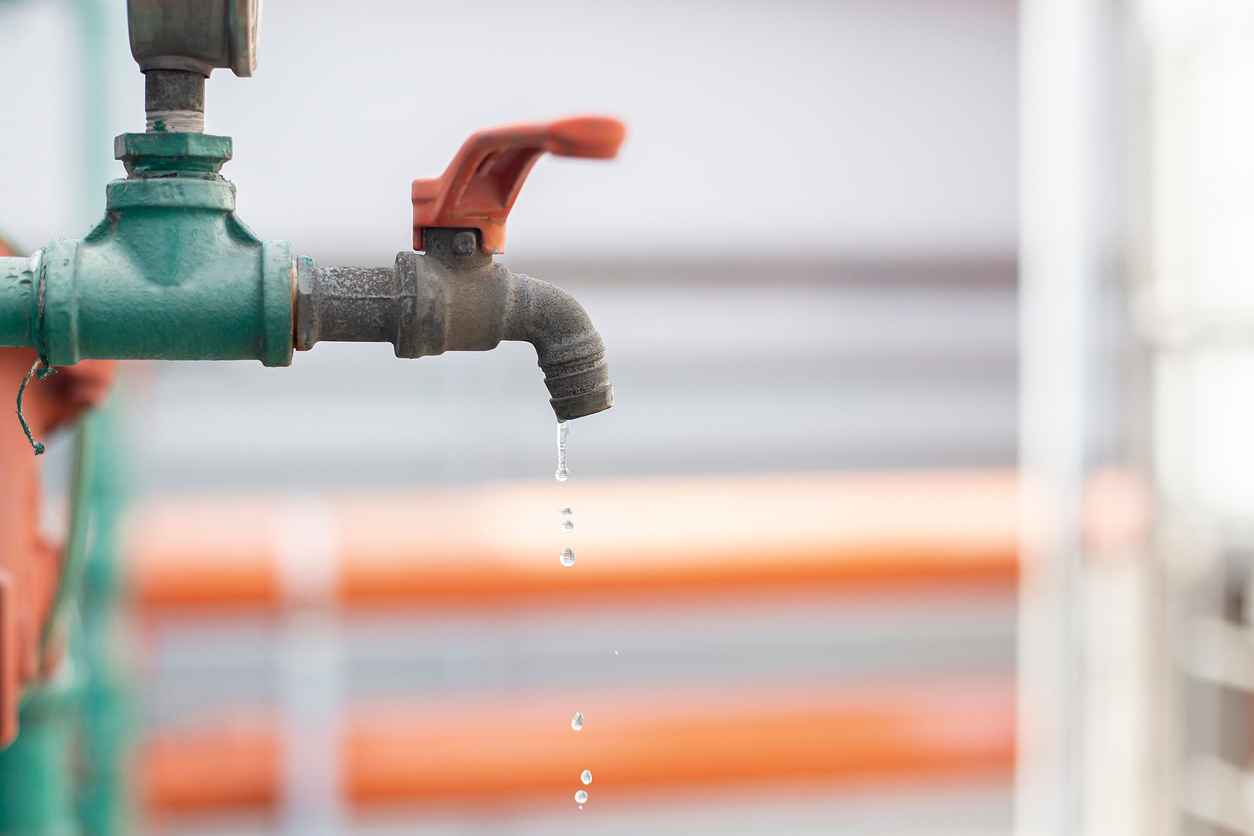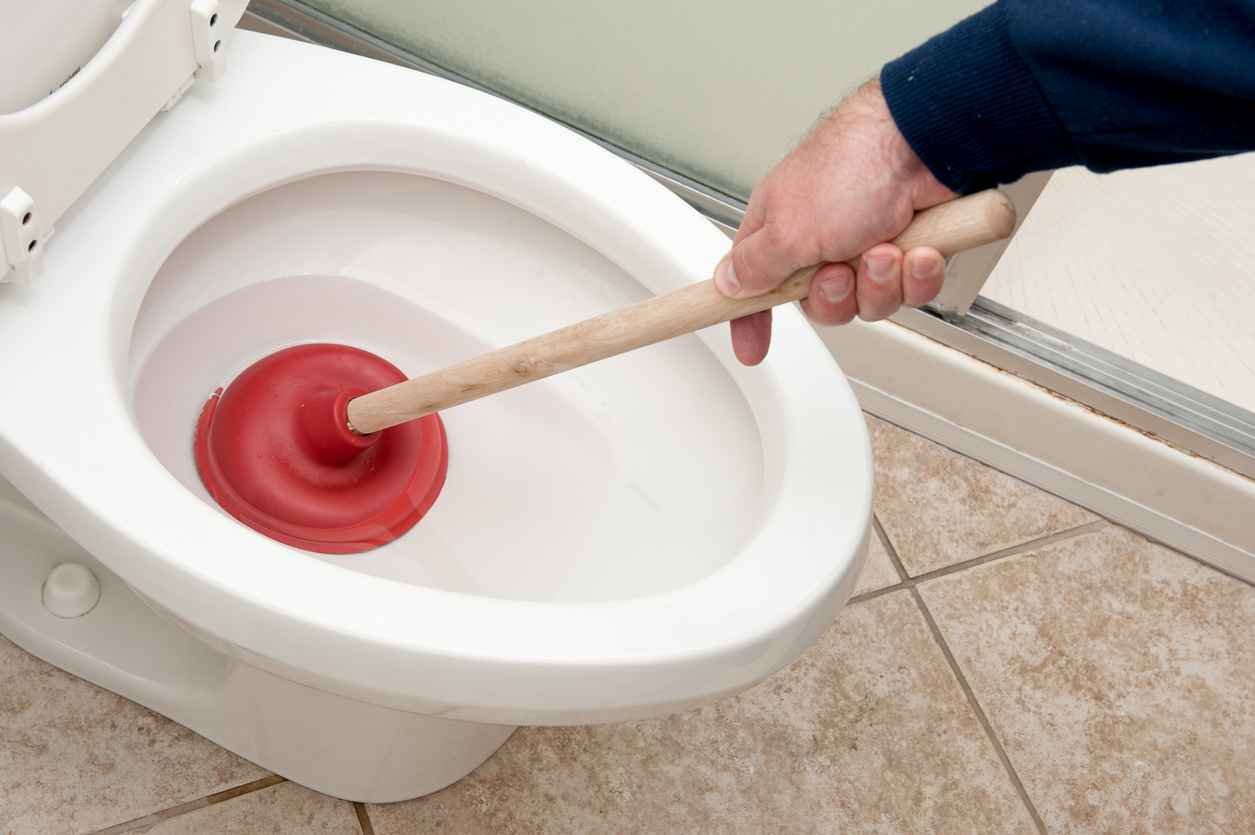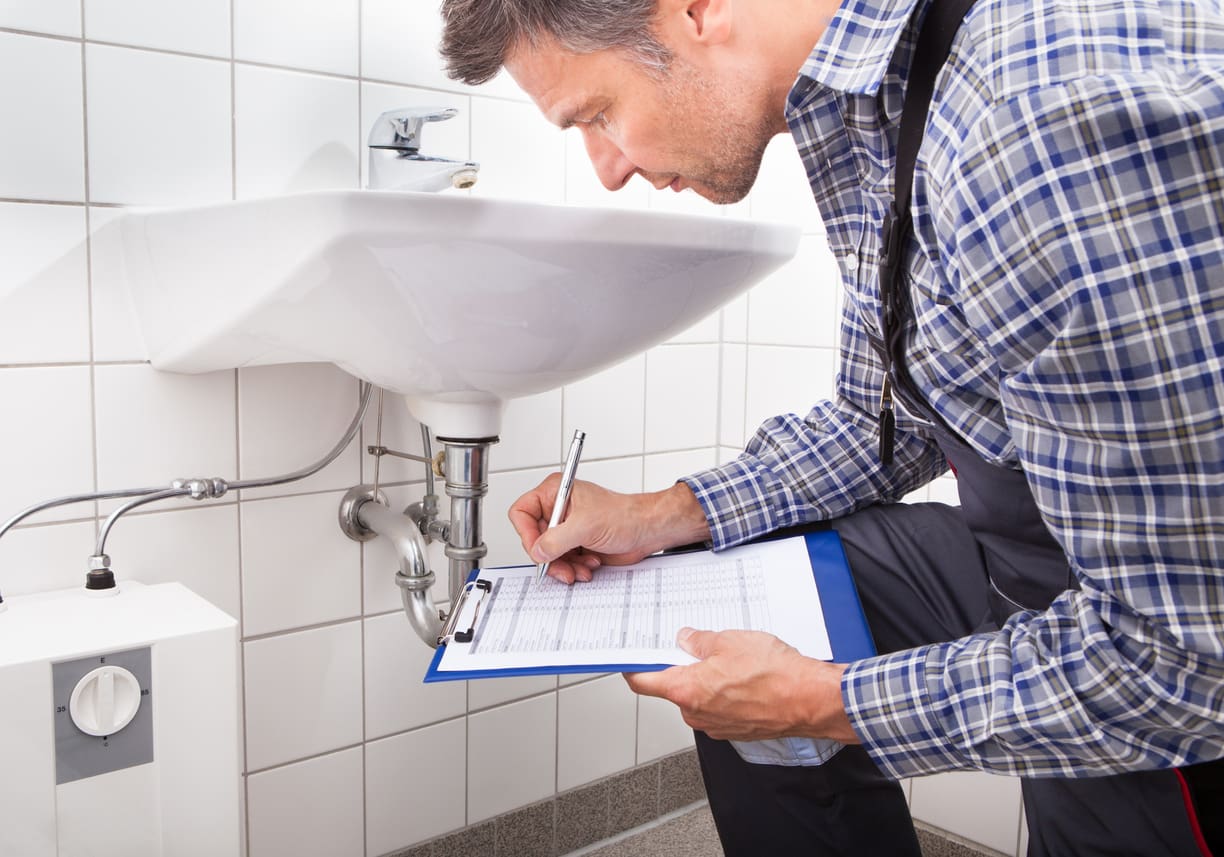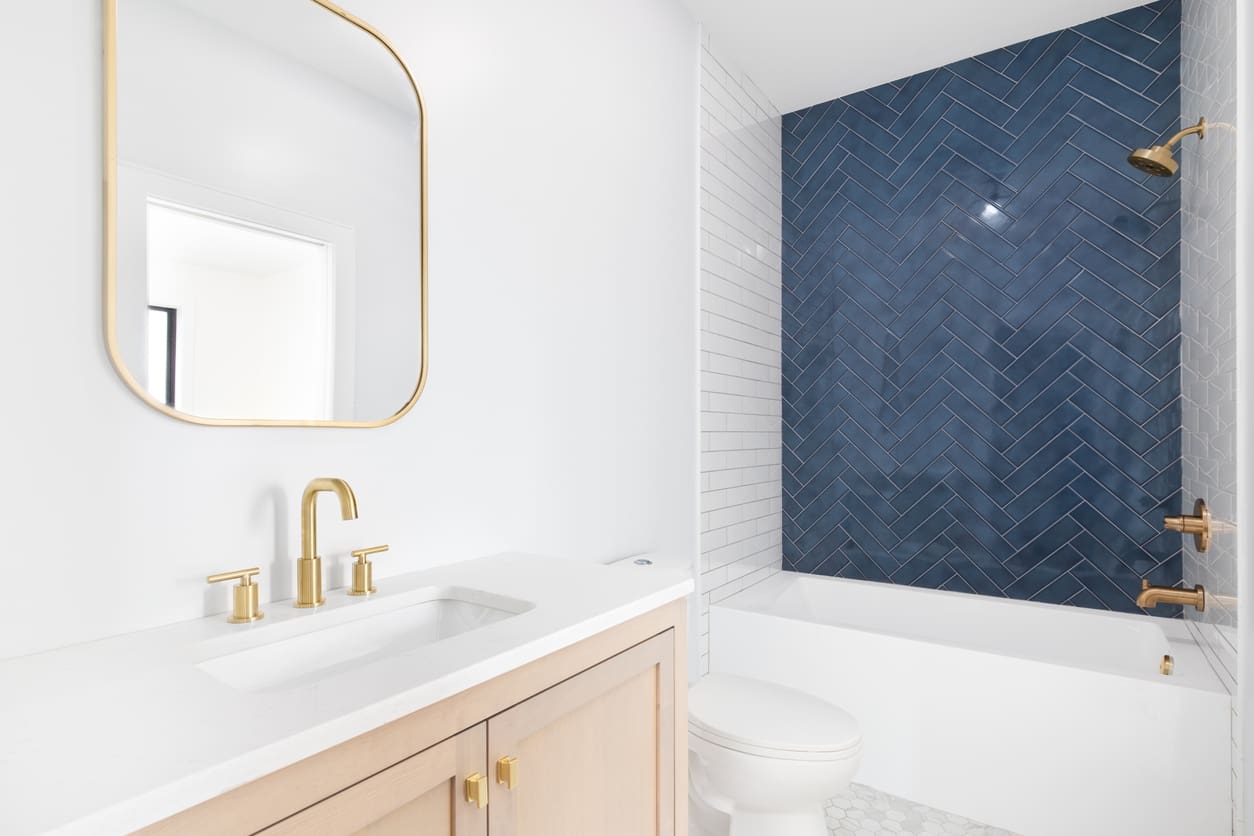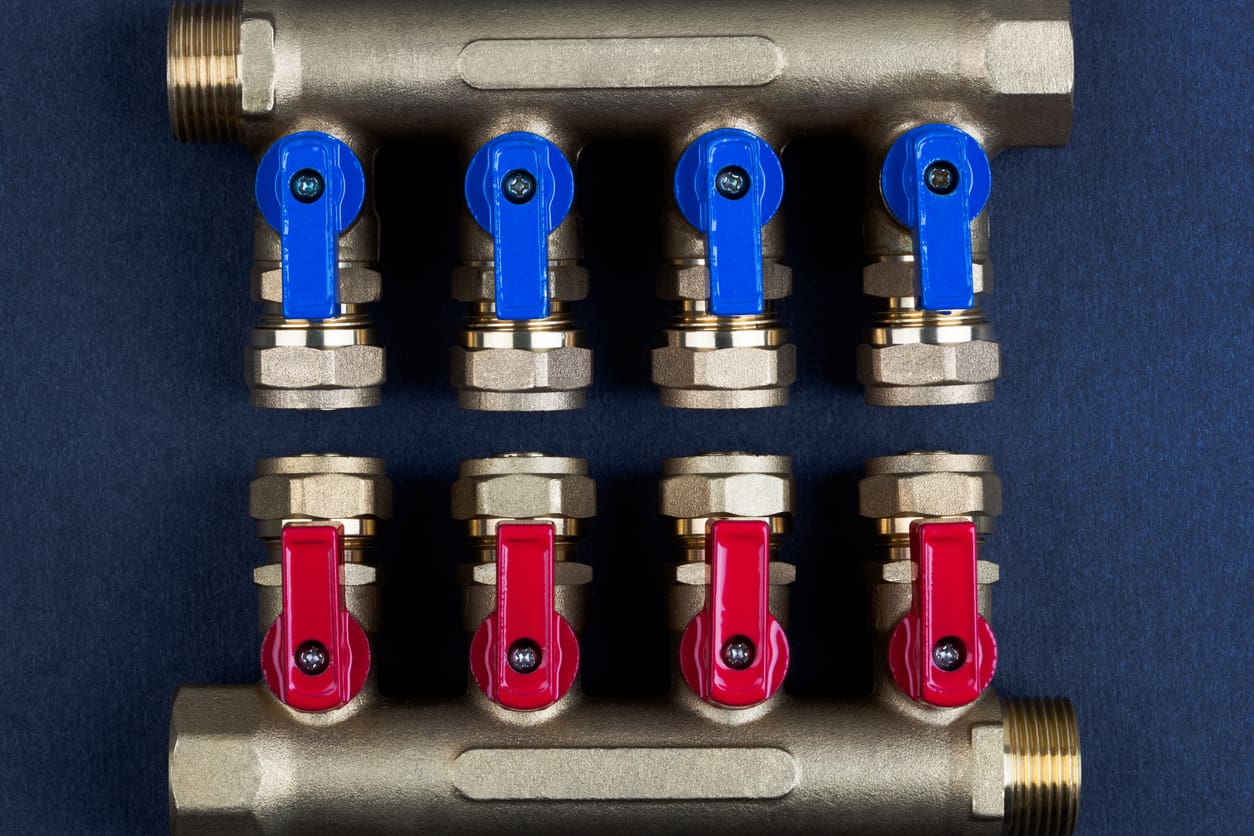absolute plumbing Inc.
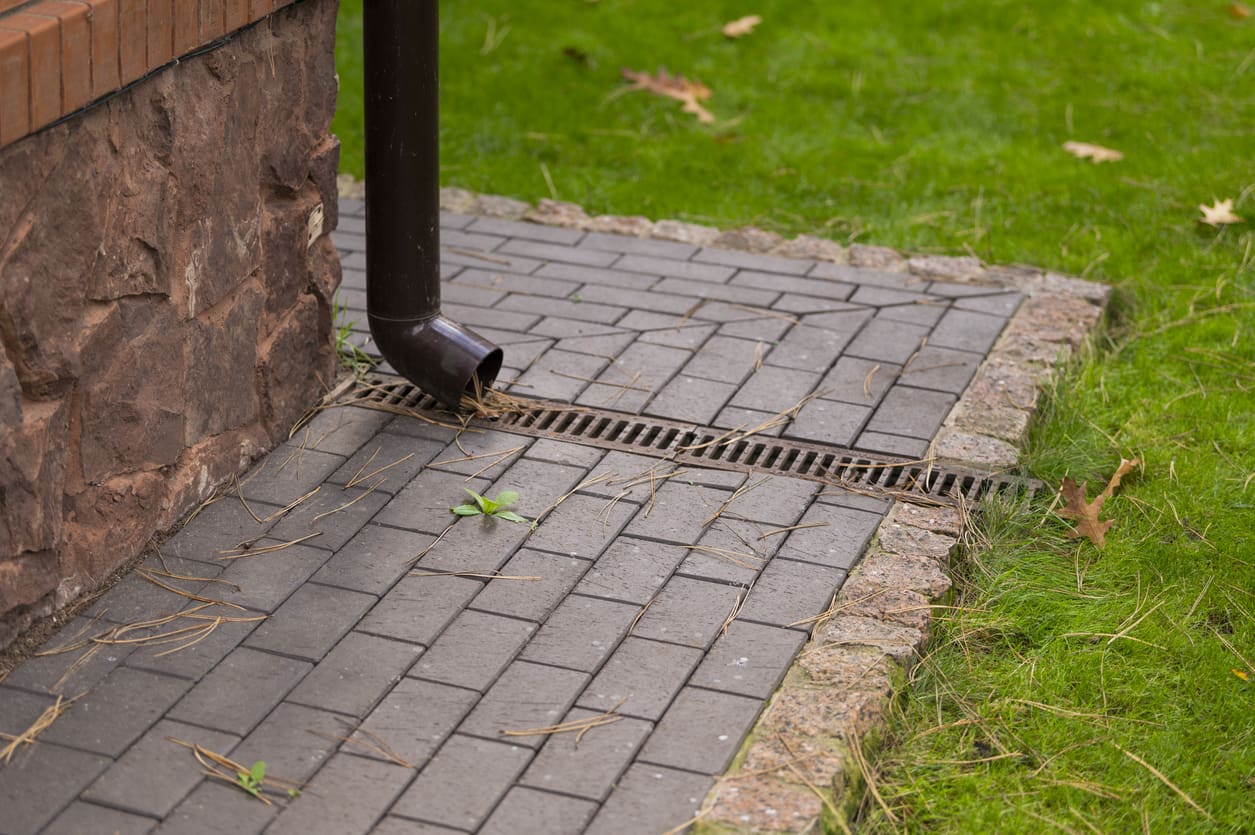
What Are French Drains and How Do They Work?
If you’re a homeowner concerned about water damage or flooding, you might have heard about French drains. These drainage systems are an effective solution to prevent water from accumulating around your property, especially during heavy rainfalls. In this blog post, we’ll answer the question “what is a French drain?” and explain how it works, its benefits, and when you might need one. Read on to learn more about this vital home improvement solution.
What is a French Drain?
A French drain, also known as a weeping tile or trench drain, is a type of drainage system designed to redirect surface water and groundwater away from a specific area, typically the foundation of a home. This system consists of a trench filled with gravel or rock and a perforated pipe that redirects water away from your property. The primary purpose of a French drain is to prevent water from accumulating and causing damage to your home’s foundation, basement, or yard.
How Does a French Drain Work?
Understanding how a French drain works can help you appreciate its benefits. The concept is relatively simple but highly effective. Here’s a step-by-step breakdown:
- Trench Digging: A trench is dug around the perimeter of the area that needs protection, usually along the foundation of a house.
- Lining with Gravel: The trench is partially filled with gravel or crushed stone to create a porous bed for water to pass through.
- Perforated Pipe Installation: A perforated pipe is laid on top of the gravel. This pipe collects water that seeps into the trench and directs it away from the house.
- More Gravel: Additional gravel is added to cover the pipe, providing further filtration and support.
- Covering the Trench: Finally, the trench is covered with a layer of soil or sod to blend seamlessly with the landscape.
As water enters the trench, it flows through the gravel and into the perforated pipe. The pipe then channels the water away from your home to a designated drainage area, such as a street, a dry well, or a storm sewer.
Benefits of a French Drain
Installing a French drainage system comes with several benefits that make it an excellent investment for many homeowners:
- Prevents Water Damage: By diverting water away from your home, French drains protect your foundation, basement, and landscaping from potential water damage.
- Reduces Moisture: Excess moisture around your foundation can lead to mold growth and structural issues. A French drain helps keep the area dry.
- Prevents Soil Erosion: By managing water flow, French drains help prevent soil erosion around your home, which can destabilize the foundation.
- Cost-Effective: Compared to other drainage solutions, French drains are relatively cost-effective and offer long-term protection with minimal maintenance.
Types of French Drains
There are different types of French drains to suit various needs and situations. The two main types are:
Exterior French Drain
Installed around the perimeter of your home, an exterior French drain is ideal for preventing surface water from seeping into the foundation. This type is often used in yards prone to flooding or poor drainage.
Interior French Drain
Installed inside the basement along the perimeter of the foundation, an interior French drain is designed to capture water that infiltrates through the walls and direct it to a sump pump, which then pumps it out of the house.
When Do You Need a French Drain?
Deciding when to install a French drain can be challenging, but certain signs indicate it’s time to consider this drainage solution:
- Water Pooling: If you notice water pooling around your home’s foundation after a rainstorm, it’s a clear sign that you need better drainage.
- Wet Basement: Frequent basement flooding or dampness suggests that water is seeping through the foundation.
- Foundation Cracks: Cracks in the foundation walls or floor could be due to water pressure building up around your home.
- Soggy Yard: If your yard remains soggy and waterlogged long after it rains, a French drain can help manage the excess water.
Installing a French Drain
While installing a French drain can be a DIY project, it’s often best to hire professionals to ensure it’s done correctly. Improper installation can lead to ineffective drainage and more significant issues down the line. A professional plumber or drainage specialist will have the experience and tools to install the system efficiently and ensure it meets local regulations and standards.
Maintenance Tips for French Drains
Once installed, French drains require minimal maintenance, but it’s essential to keep them in good working condition:
- Regular Inspections: Check the drain periodically for clogs or damage, especially after heavy rains.
- Clear Debris: Remove leaves, dirt, and other debris that might accumulate over the gravel or in the pipe.
- Monitor Drainage: Ensure the water is draining away from your property as intended and not pooling elsewhere.
Conclusion
French drains are a highly effective and practical solution for managing water around your home. By understanding what a French drain is and how it works, you can make an informed decision about whether this drainage system is right for you. Protecting your home from water damage is crucial, and a French drain can be an excellent investment for long-term peace of mind.If you’re considering installing a French drain or need help with your home’s plumbing, contact Absolute Plumbing. Our team of experts is ready to provide top-notch service and ensure your home remains dry and safe. Don’t wait for water damage to happen—get in touch with us today for all your plumbing needs!

